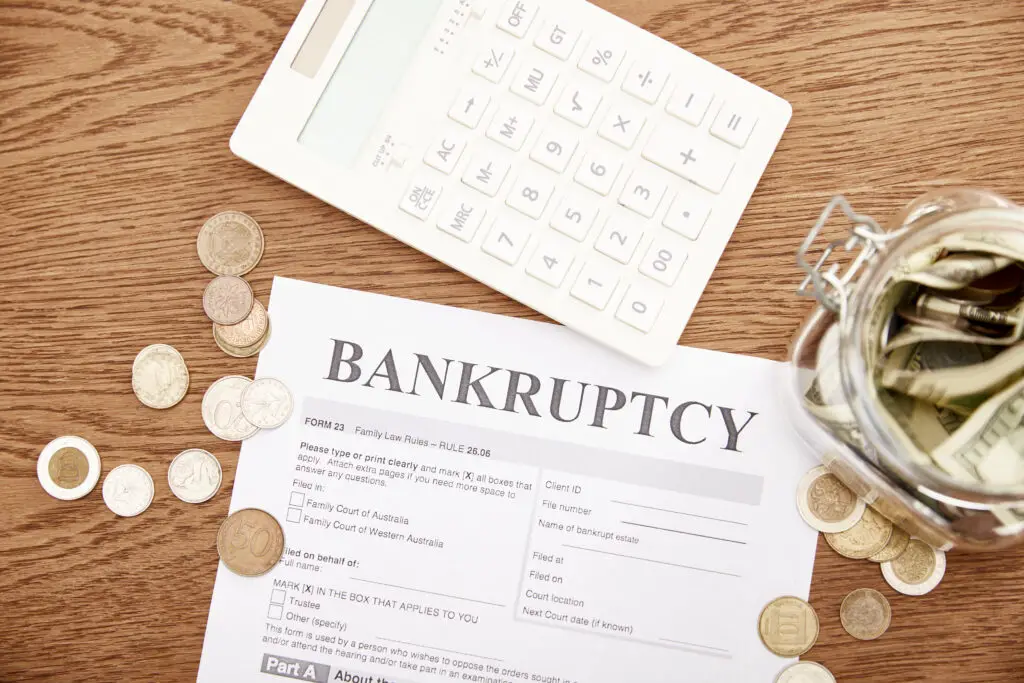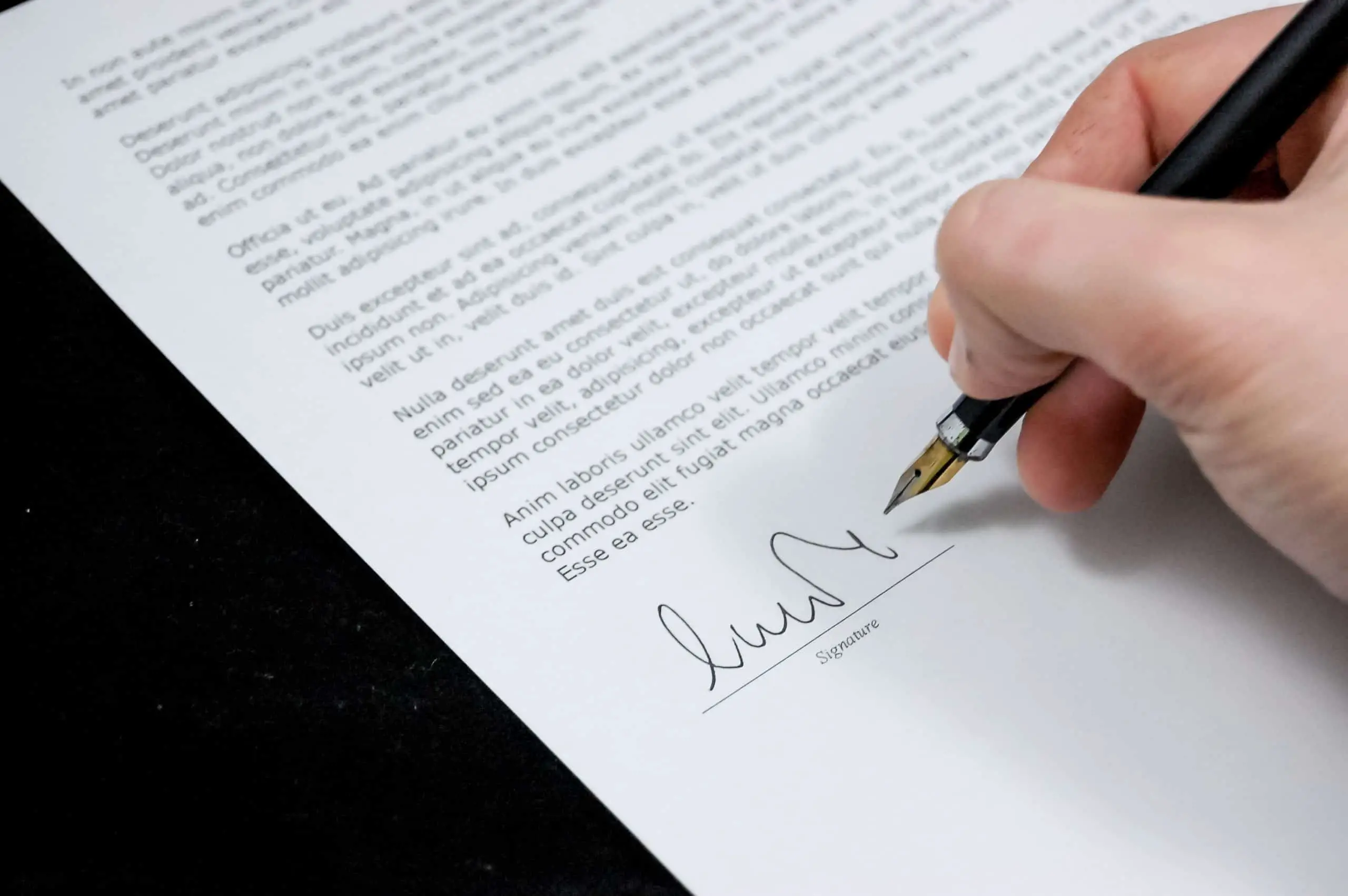How Long Does Negative Information Stay On Your Credit Report?
Keeping your credit scores high and credit reports clean gets tough with each negative item on your reports. And while it’s impossible to avoid having at least one negative item in your consumer report, the big question is – how long does negative information stay on your credit report?
Negative information stays on your credit reports from 7 to 10 years, except for hard credit checks that stay on your report for 2 years. This guide will help you deal with specific types of negative information, as well as details on how you can remove them faster!
What Do Negative Items On Your Credit Report Mean?
Negative items are all the delinquent payments and other types of negative information that reduce your creditworthiness. So, these are bad financial habits in your credit history that are reported on your credit reports as negative information.

There are various types of negative information that could appear as derogatory marks on your credit report. Based on the type of negative item on your report, the time it’s reported to credit bureaus also differs.
After the period when the mark stays on your credit report expires, you’ll be able to finally get your credit report free from these marks. However, there are a few ways you might be able to remove them even sooner, so let’s dig a bit deeper into different types of negative items.
Missed Or Late Credit Payments
Delinquent payments are the most common type of negative information listed on your credit reports. Late payments stay on your reports for up to 7 years, and the worst thing is – even a single missed payment could leave a long-lasting stain on your payment history.
Payment history adds up to 35% of your credit score, so you can see why it’s so important to keep it clean of delinquent payments.
If you can’t manage timely payments on your student loan, personal loans, or even utility bills, you should try to re-think your budgeting tactics.
There’s somewhat of a relief for those that miss their payments for a few days – the negative mark on your report only appears in case you’ve missed a payment for more than 30 days after the due date.
Think about it – by managing to make the payment within those 30 days, you prevent the missed payment listing from staying on your report for seven years. Even the first missed payment could ruin your payment history, so you should make a payment plan for your credit cards and other types of loans and stick to it.
Numerous Hard Credit Pulls
If you tend to apply for different types of credit in a short period, you risk having multiple hard credit pulls listed on your report. This is never a good thing since a hard pull leaves a long-lasting mark on your credit report.
Precisely, hard inquiries stay on your credit reports for 2 years, and that’s a long period for such a piece of seemingly harmless information.
Hard checks occur when creditors pull your credit reports after applying for a new loan or credit cards. If you apply for too many loans in a short period, you might end up with a lower credit score.
The only way you can prevent hard inquiries from staying on your reports for 2 years is by disputing unauthorized credit checks. It’s when creditors pull your reports without you previously applying for a loan.
Car dealerships used to be notorious for doing this. They would take your driver’s license and make a copy of it before you went on a test drive…you know for “insurance purposes” and then secretly run your credit to see if you were a worthy buyer.
Bankruptcies And Their Influence On Your Reports
One of the most devastating negative items you can have on your report is a bankruptcy listing. It could take years to recover from it and rebuild your score, and bankruptcies also leave the longest-lasting mark on your reports.
Chapter 7 bankruptcy stays on your report for 10 years, while Chapter 13 bankruptcies get removed from your reports after 7 years.

Chapter 7 bankruptcy includes the liquidation of a small business and your nonexempt property gets sold to repay the portion of the debt.
On the other hand, Chapter 13 bankruptcies are a bit different, as you can build a repayment plan to repay some of the current debt.
Regardless of the bankruptcy type, one thing is for sure – you can’t remove negative information that refers to bankruptcies from your report early.
Charge-offs And Collections
The worst thing about negative information on your credit report is that you can get the same debt reported through several items. That’s the exact case with charge-offs and collections.
Both stay on your report for up to seven years, and it all starts once you get delinquent with your debt payments for more than 180 days. At this point, the creditor might “give up” on your repayment and charge off the debt.
It appears as a negative mark on your report, but it doesn’t end there – your debt gets bought by the collection agency. Now, as an owner of your debt, the collection agency will try to collect the debt or at least a portion of it through debt settlement.
As a result, you’ll have two negative marks on your credit reports for the same debt you failed to repay on time. Collections can sometimes be removed from your report if you pay an agreed lump sum to the agency, and they report back to the bureaus that they made a mistake and you don’t owe anything.
However, that’s not something you should count on, and collections caused by unpaid medical debt are the only type that truly gets removed from your report once you pay it off. Otherwise, you’ll face a long-lasting mark on your report in the form of two negative items on the same missed payment.
Failed Mortgage Payments And Foreclosures
Delinquent mortgage payments can result in foreclosures, which also reflect as a negative mark on your credit report. It happens when you can’t repay the mortgage loan and the property is used as collateral to settle the debt.
The creditor takes over the property and tries to sell it as the only way of recouping the investment from the mortgage loan granted to you as a borrower.
Sadly, you can’t remove foreclosures from your report, and they stay for 7 years.
Tax Liens And Judgments
In case of late property tax payments, you might get a tax lien placed upon your property. It’s one of the worst types of negative information on your credit report, and you should take all the actions possible to avoid it.

Sometimes, it’s possible to negotiate a payment plan with the IRS in exchange for releasing the line. However, if you get delinquent with payments, you might end up with a negative information on your credit report.
At this point, even if you pay the lien, it still stays on your report for seven years.
Unpaid tax liens can stay on your credit reports for up to 10 years, so these are even worse.
On the other hand, if you face any court action due to missed payments, judgments also show up on your report. In this case, you can count on these items being present on your reports for seven years.
Bankruptcy is also considered a judgment, so in case of a Chapter 7 bankruptcy, you might get an even longer-lasting trace on your credit history.
Removing Negative Items From Credit Reports Early
So, there you have it – now you know that most of the negative information stays on your credit report for 7 years. The few exceptions include hard credit pulls and Chapter 7 bankruptcies, so is it possible to remove the negative items early?
Thanks to the Fair Credit Reporting Act, you might stand a chance of filing a credit dispute to have a negative item removed early. However, it can only be done if there’s been false reporting or if the creditor kept reporting paid debt by mistake.
Negative information remains on your report if you try to dispute it and it’s accurately reported.
You can mostly dispute unauthorized credit checks, information that’s a result of an identity theft, and items that creditors kept reporting even after you settled the debt.
How To Reduce The Impact Of Negative Information On Credit Reports?
Even if several pieces of negative information remain on your credit report, you can still lower their influence on your credit scores. For instance, late payments can be handled by planning a budget and starting a long history of on-time payments.
Also, you can sort out charge-offs and collection accounts by negotiating with the debt collector and paying the agreed sum. It’s never too late for this since at least you can change the status of charge-offs and collections to “paid”.
Bankruptcies are the toughest to recover from, and it takes years of positive financial practices to get back on your feet. When it comes to a hard inquiry, you can simply pay more attention in the future and only apply for one loan at a time to avoid the inquiries piling up.
Final Thoughts
Ultimately, we’ve solved the bothersome puzzle of the longevity of negative information on your credit report. Sadly, most negative items can stay on your credit report for 7 years or more, so it’s tough to recover if you can’t dispute the information.
Still, you can hopefully boost your credit scores by going one item at a time and starting positive financial practices to build up your credit reports. Keeping your credit card balances in check and never missing another payment can save your score even with several negative items reported.
Frequently Asked Questions (FAQ):
Is it true that after 7 years your credit is clear?
Yes, after 7 years since credit reporting, the negative item listed on your report should automatically fall. However, Chapter 7 bankruptcies stay on your report for up to 10 years, while hard checks stay for up to two years. So, it all depends on the type of negative information, and you can try disputing false credit reporting to remove the items even faster.
How long do negative accounts affect credit scores?
Negative accounts affect credit scores for as long as the reported item stays on your credit report. It includes a period of 7 to 10 years for most types of negative information, or until you manage to dispute the listings.
How long does it take to clear bad credit history?
It takes from 3 months to a couple of years to clear bad credit history, depending on the type of negative information in your credit reports. It takes longer to recover from a Chapter 7 bankruptcy than from a single missed payment, regardless of the impact of payment history on your credit scores.
How long does a derogatory item stay on the credit report after paying off?
A derogatory mark stays on your credit report even after you pay it off, but at least it will be marked that you’ve paid it off in your credit report. That affects your creditworthiness, and you might be able to get some items completely removed after paying, such as medical bill collections.



